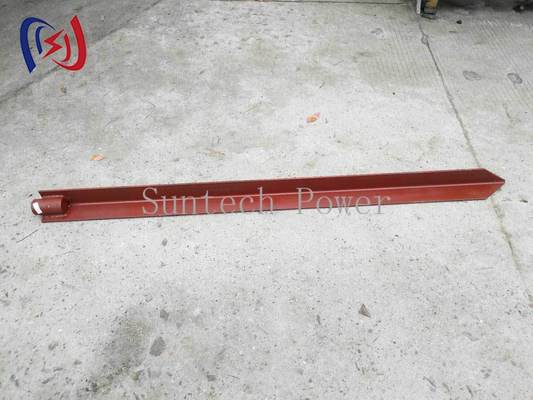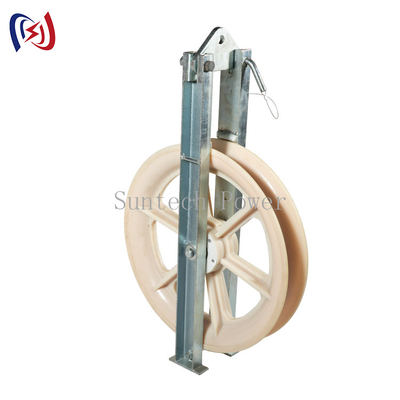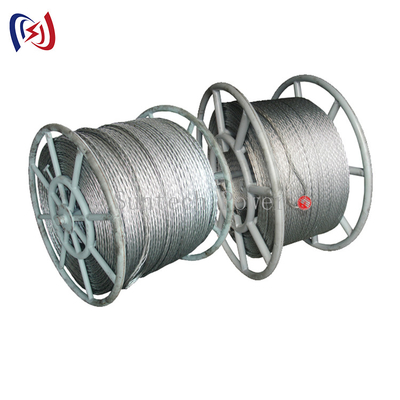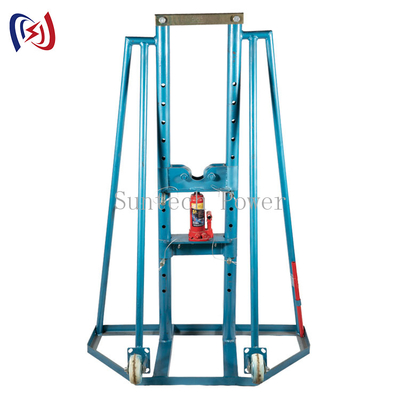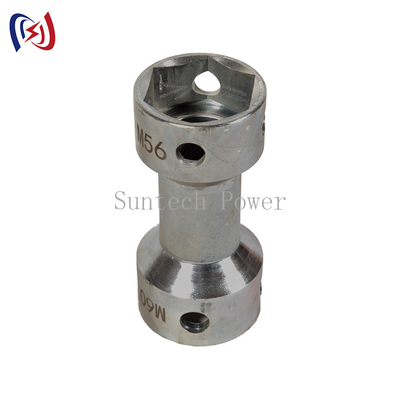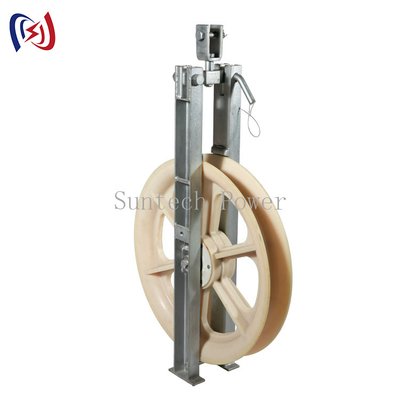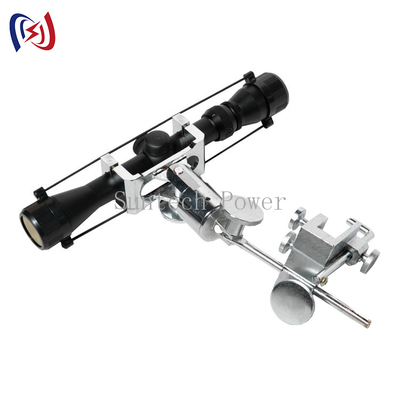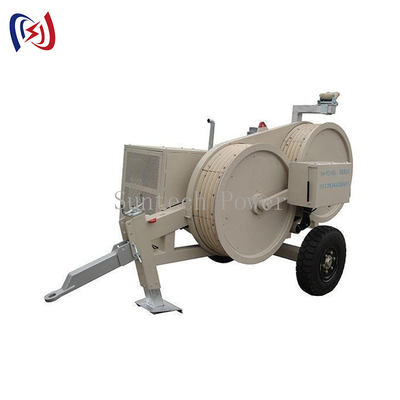Mesh sock joints (also known as wire mesh grips or cable mesh grips) are essential tools for handling and securing cables, conductors, and optical ground wires (OPGW) during installation, maintenance, or repair work. They provide a strong, flexible grip that prevents slippage while protecting the cable from damage.
If you're looking for high-quality mesh sock joints for your projects, Visit Our Website Now to explore our range of single-head and double-head grips designed for different cable types.
This guide will help you understand the different types of mesh sock joints, their applications, and how to choose the right one for your needs.
What Are Mesh Sock Joints?
Mesh sock joints are flexible, braided wire mesh sleeves that tighten around cables when pulled, creating a secure grip. They are commonly used in:
- Power line construction & maintenance (ACSR, AAC, AAAC conductors).
- Telecommunication & fiber optic cable installation (OPGW, ADSS cables).
- Railway & bridge construction (steel cables, suspension wires).
- Renewable energy projects (wind and solar farm cabling).
Types of Mesh Sock Joints
1. By Cable Type
(a) Conductor Mesh Socks (For Overhead Power Lines)
- Used for aluminum conductors (AAC, AAAC, ACSR).
- Provides a firm grip without damaging the conductor.
- Ideal for stringing and tensioning power lines.
(b) Cable Mesh Socks (For Heavy-Duty Cables)
- Designed for large-diameter power cables & steel ropes.
- Reinforced with high-tensile wire for extra strength.
(c) Ground Wire (OPGW) Mesh Socks
- Specifically for optical ground wires (OPGW) and static wires.
- Prevents crushing or bending of delicate fiber strands.
2. By Design (Single-Head vs. Double-Head)
(a) Single-Head Mesh Sock Joints
- One open end for gripping and pulling.
- Best for: Standard cable pulling and tensioning.
- Advantages:
- Lightweight and easy to install.
- Cost-effective for most applications.
(b) Double-Head Mesh Sock Joints
- Two open ends for balanced pulling from both sides.
- Best for: Heavy-duty applications, long-span installations.
- Advantages:
- Distributes tension evenly, reducing cable stress.
- More secure grip for high-tension pulls.
How to Choose the Right Mesh Sock Joint?
1. Match the Cable Diameter
- Too large? The grip won’t tighten properly, risking slippage.
- Too small? The cable won’t fit, or the mesh may break under tension.
- Solution: Check the manufacturer’s sizing chart before purchasing.
2. Consider the Cable Type & Material
- Bare conductors (AAC, AAAC, ACSR): Standard conductor mesh socks.
- Steel cables & ropes: Heavy-duty cable mesh socks.
- Fiber optic cables (OPGW): Soft-grip OPGW mesh socks.
3. Determine the Required Pulling Force
- Light-duty pulls: Single-head mesh socks.
- Heavy-duty/high-tension pulls: Double-head mesh socks.
4. Check for Corrosion Resistance
- Coastal/high-humidity areas: Stainless steel or galvanized mesh.
- Industrial environments: Durable, abrasion-resistant coatings.
Proper Usage & Maintenance Tips
To ensure maximum performance and longevity:
- Inspect before use – Look for frayed wires or damaged mesh.
- Clean after use – Remove dirt, grease, or metal shavings.
- Store properly – Keep in a dry place to prevent rust.
Conclusion
Mesh sock joints are crucial for safe and efficient cable handling. Choosing the right type depends on your cable diameter, material, and pulling requirements. Single-head grips work well for standard pulls, while double-head grips provide extra security for heavy-duty applications.
Visit Our Store Now to explore our full range of high-quality mesh sock joints for power lines, cables, and OPGW installations!

 Your message must be between 20-3,000 characters!
Your message must be between 20-3,000 characters! Please check your E-mail!
Please check your E-mail!  Your message must be between 20-3,000 characters!
Your message must be between 20-3,000 characters! Please check your E-mail!
Please check your E-mail! 
